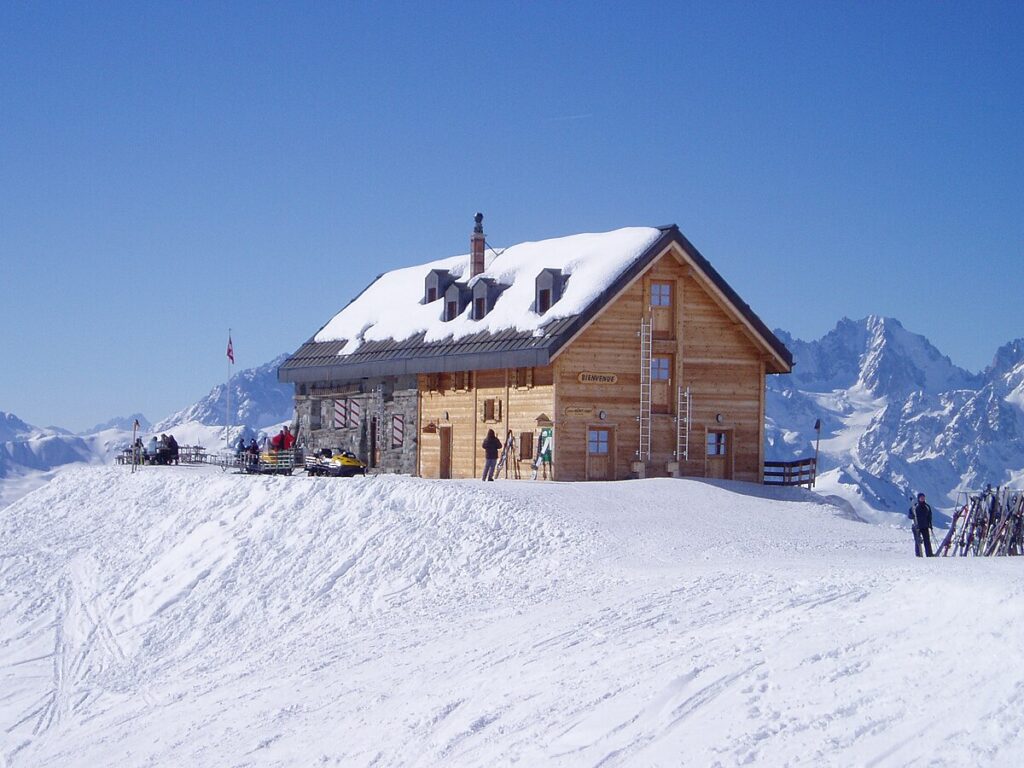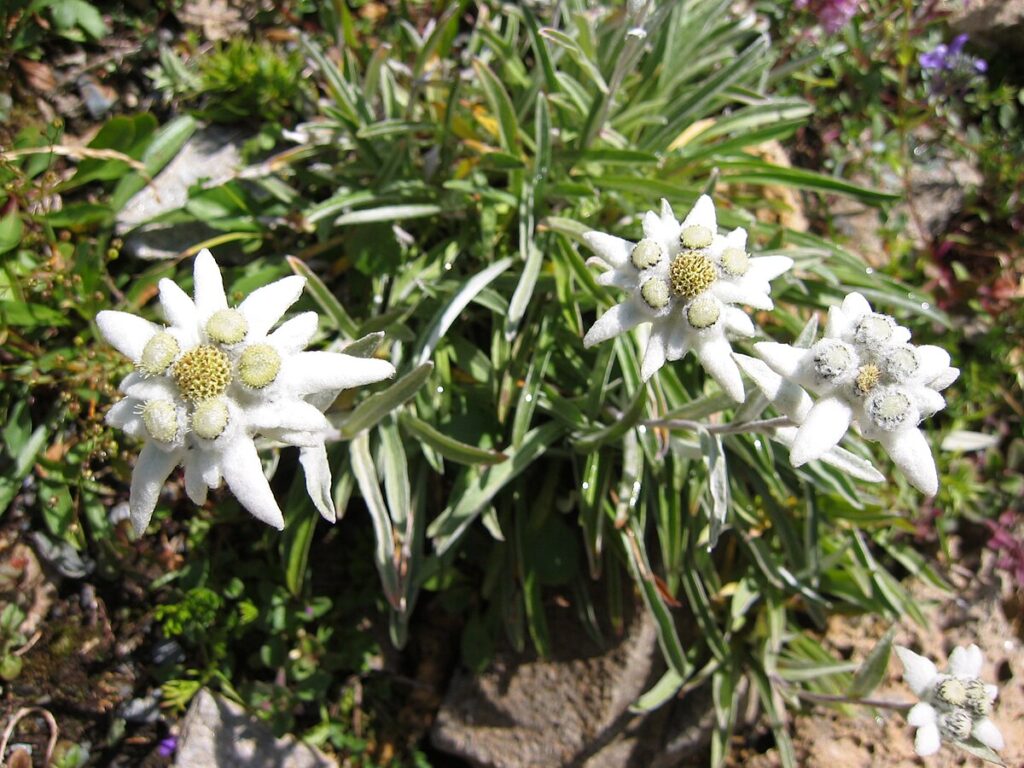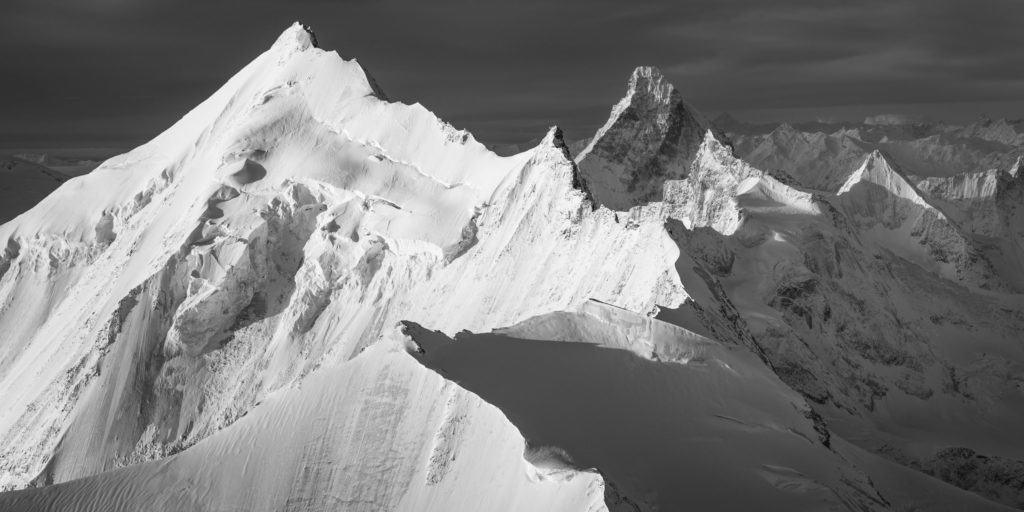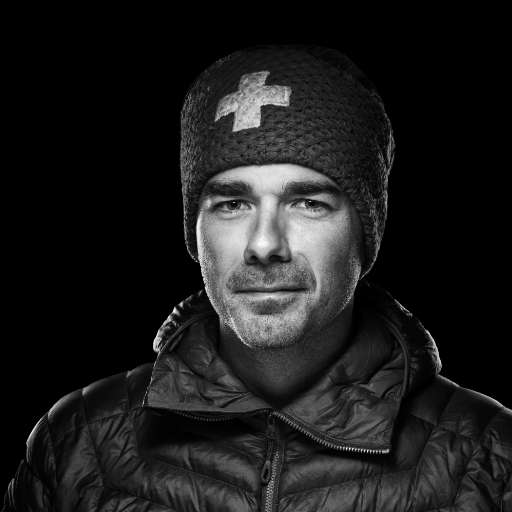Highlighted by romantic authors, the mountain became in the 19th century the scene of all exploits. At the time of its conquest, it shone brightly, inspiring poets and mountaineers alike. Until the day when man, sated by his bravery, realized that the summits lead to the rest he so hoped for. Too late, perhaps, the future will tell us. In this third and final part, I take you to discover the Alps in literature from the golden age of mountaineering to our troubled days.
Climbing stories: mountaineers conquer literature
In the golden age of mountaineering, the mountain, now a recognized place of contemplation, became a land of exploration. The famous mountaineer Walter Bonatti wrote in his memoir Mountains of a Life : " I felt that I loved the mountain for its solemn landscapes, for the struggles engaged with the summits , for the emotions and memories that they provide; but perhaps I loved it even more for this feeling of freedom and joy of living that I could only experience up there." The accounts of the ascents of mountaineering pioneers offer a new vision of the summits , based on their happy or unhappy, but always unique, experience of the high mountains.
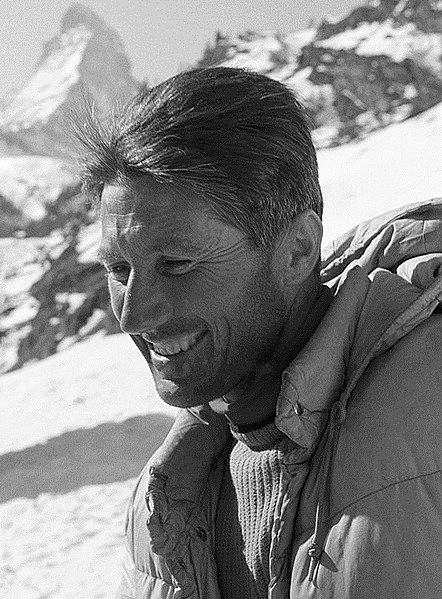
Technology and science first take center stage. At the end of the 18th century, Horace Bénédict de Saussure rigorously described his mountain expeditions in Voyages dans les Alpes . A source of inspiration for future mountaineers, his work played an essential role in the development of alpine geology. But, despite the reluctance of alpine clubs attached to know-how more than to the art of words, climbing stories quickly took off. Donning their heroic garb, mountaineers became authors of true epics that took the reader to the highest peaks. Through dangers, at the risk of our lives, here we are at the heart of the adventure, vibrating with fear and emotion alongside the intrepid climbers.

In 1886, Émile Javelle brings to life his Souvenirs d'un alpiniste . With a rare eloquence mixed with passion, he transports us to summit of the Matterhorn, the Weisshorn, the Tour Noir or the Aiguille d'Argentière. Pondering the mysteries of life up there, he transmits his flame and his love of heights to us. His work resonates like an ode to mountaineering. Gaston Rébuffat also left his mark on Alpine literature with his poetic works. Stars and Storms , published in 1954, or Between Earth and Sky , published in 1962, invite you to travel as much as to daydream. For this mountain artist, each ascent is a dialogue with nature to better understand the essential. The mountaineer then becomes a troubadour in search of the absolute, power and grace. Because the mountain is everything to him. It is his supreme muse, his ultimate ambition, the breath that urges him to always move forward. The mountaineer devotes his life to the mountains, as Lionel Terray recounts in 1961 in his book Les conquérants de l'inutile .
Climbing stories also tell the story of a fatal beauty that attracts its prey in order to better condemn them. Mountaineers do not keep their readers away from the perils encountered in the high mountains. And here we are, witnesses to terrible tragedies. In his book Climbing in the Alps , published in 1873, Edward Whymper recounts in particular the tragedy that he and his companions experienced during the first ascent of the Matterhorn in 1865. Confronted with the elements and the mountain, man faces his limits. And even when he wins a victory, the abyss looms over him until the last furrow he traces on the rock.
The plot enriched by misfortune and adversity, the stories of climbing sometimes turn into real novels. In Premier de Cordée , published in 1941, Roger Frison-Roche depicts the Alps in a fiction that screams truth. At the top of the Drus, anguish is at its height. Dramas follow one another, placing man facing a mountain that is "impassive and sovereign" . How can one fight against its cruelty? How can one oppose its terrible sentence? The Alps inspire literature with moving stories that, through a devouring ardor, lead man to his last breath. Through their stories of climbing, mountaineers have conquered the world after conquering the peaks. What then becomes of this vital impulse at a time when the era of modernity is dawning?

The Alps in Literature: A Harsh Criticism of Bourgeois Tourism
In the 19th century, a crucial period in the history of the Alps, holidaymakers discovered the joys of the mountains. Faced with the influx of bourgeois tourists, the spirit of the mountaineers gave way to the mores of the city. The fever of money suddenly swept away the thirst for living in communion with nature. The tourism industry flouted heroism and contemplation. Far from an unexplored land on which one ventures, far from an inaccessible kingdom, from an eternal quest, the mountain became a den of mediocrity. Writers then seized on the failings of tourism to defend the Alps that they had admired so much.
In his collection of letters En voyage. Alpes et Pyrénées , published posthumously in 1890, Victor Hugo alerts the reader to the harmful effects of mountain tourism. He deplores the development of infrastructure that threatens the wild beauty of Mount Pilatus, the emblem of Lucerne, fearing that it will become a "whitewashed cathedral" . The fate of Mount Rigi saddens him even more: according to him, it has "only enough escarpments for the bourgeoisie, and is covered every day with a population of visitors" . This master of romanticism, inspired by the mountain, pure and majestic, gives us here a precious testimony on the evolution of the Alps.
The virulent criticism formulated by John Ruskin , a writer passionate about high mountains, echoes that of Victor Hugo. In his work Sesame and the Lilies , published in 1865, the writer condemns the inventors of modern tourism: "you have made racecourses with the cathedrals of the earth. Your only conception of pleasure is to ride in railway carriages around their naves and to take your meals on their altars."
Writers sometimes prefer satire and humor to harsh criticism. In 1860, Eugène Labiche and Édouard Martin staged Le Voyage de monsieur Perrichon . The comedy mocks naive tourists who claim to be ecstatic without grasping the truth of the Alps. In his novel Tartarin sur les Alpes , published in 1885, Alphonse Daudet also mocks the distracted tourist for whom the mountain is just a simple backdrop. As the story unfolds, a gulf opens up between the carefree vacationers and the splendors of the mountain. Then, over time, the criticism of an era gradually gives way to its acceptance. Man has taken the Alps by storm and transformed them. It is now up to him to watch over them and their treasures.
Alpine literature in the face of climate change
John Ruskin in his time already warned his contemporaries against the dangers of tourism and pollution on the Alpine ecosystem. Faced with the retreat of the glaciers in the Mont Blanc massif, he feared seeing the mountain disfigured. Literature seized on this burning subject and the Alps naturally became the symbol of the upheavals undergone by nature. The illustrator and comic strip author Jean-Marc Rochette thus made it one of the major subjects of his work. In the striking and grandiose atmosphere of the high mountains, he evokes a fragile nature and the increasingly difficult conditions to which the fauna and flora of the Alps must adapt.
Each of his stories honors the Alps as the last bastion of a nature threatened with extinction. In Ailefroide: Altitude 3 954 in 2018 as in Le loup in 2019, the author celebrates the beauty and the demands of a mountain that yields nothing to man. But, faced with the distress of the living, the vulnerable rocks and the streaming ice, he proclaims in his works the urgency of preserving the Alps, which have now become a colossus with feet of clay.
The Alps in Contemporary Literature: A Return to Nature
Contemporary literature tends to draw its inspiration from the very sources of nature. Restoring the nobility of the Alps, writers tell us about the mountain as a being in its own right. Far from being a simple ornament and entertainment. In his novel The Eight Mountains , awarded the Strega and Medici prizes in 2017, Paolo Cognetti praises the summits as a refuge conducive to reflection. It is through contact with nature that man rediscovers his humanity. "Whatever our destiny, it inhabits the mountains above our heads." The author reiterates his message the following year in his autobiographical story, The Wild Boy . To escape the hustle and bustle of the world, Paolo Cognetti escapes to the Alps. And it is to solitude that he owes his salvation.

Jean-Christophe Rufin also practices mountain stories. In his novel Les flammes de pierre , published in 2021, the writer transcends the limits of consumerism thanks to the magic of the Alps. Through the strength it exudes and its infinite beauty, the high mountains reveal people. Following in the footsteps of Roger Frison-Roche, Jean-Christophe Rufin offers a flamboyant hymn to the Mont Blanc massif as well as to all of humanity: "She tells herself that the mountain brought her exactly everything that society had claimed to deliver her from. She had lived in a world that no longer wants to see death, that abhors pain, that wants to reduce effort to its maximum, a world of comfort and protection that makes the people who populate it victims rather than heroes, consumers rather than creators, slaves rather than sovereigns. In coming to lose herself in these heights, she had encountered trials and perhaps a tragedy but also, and it was strange to feel it at that moment, the voluptuous impression of having become totally, irremediably human again, that is to say vulnerable and active, combative and mortal.
Like a return to the origins, the mountain is finally reborn, eternal and pure, under the pen of Sylvain Tesson. A rough diamond carried by the winds. When you immerse yourself in it, everything becomes clear. In his book Blanc , in 2022, the writer travels through the snow-covered Alps. The mountain is once again a source of tranquility and a mirror of the soul. White soothes us as much as it awakens us. To life, to others and to ourselves. "The slightest run in the mountains dissolves time, expands space, pushes the mind deep inside. In the snow, the shine abolishes consciousness. Moving forward is all that matters. Effort erases everything - memories and regrets, desires and remorse." Alone facing the mountain, we are back on the threshold of nothingness, at the genesis of life. Everything is then possible again.
This is how our journey ends. Together, we have traveled through the great ages of literature, from the beginnings of Romanticism to the summit of its glory, to finally return to the present. Together, we have gone back in time to discover how the Alps and the high mountains have managed to conquer the hearts of poets and writers. From shadow to light and from chaos to plenitude, literature has been able to offer nature its most beautiful setting. It is now up to us to continue the story. It is up to us to dedicate our art to the grandeur of the Alps and their memory.



